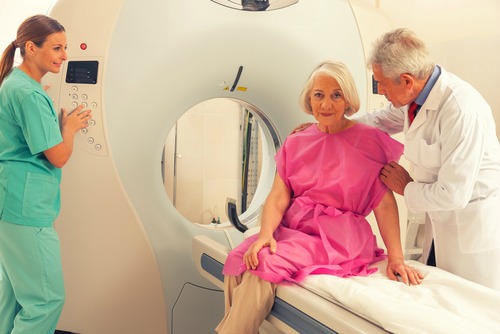Do magnets actually work?

Do you own a magnetic bracelet or have you ever been tempted to buy one?
Almost every sports store sells therapeutic magnets with claims of pain relief and a better golf game.
There are magnetic bracelets, necklaces, shoes inserts, mattress covers, head bands and, yes, dog collars.
Magnets have been around since the 1600s but only became popular when they appeared in an 1890s Sears catalog proclaiming foot inserts that cured sore feet. A hundred years later, it’s finding its way back into our homes.
While there has been no definitive research to tell if they work, the magnet industry is a billion-dollar-a-year business.
But, do they actually work?
Some people believe that since blood contains iron, magnets can increase blood flow under the area where they are applied thus promoting healing benefits. The thing is, although blood does contain electrically charged ions, it is diamagnetic and strong magnets actually repel blood, thus debunking the myth.
Magnetic bracelets are also too small to affect blood flow and you can do this little experiment to test it: Place one of these therapeutic magnets in the palm of your hand. If blood flow actually increased, you would expect the skin around the magnet to pink up and become warm but you will find that it doesn’t.
Other people claim that magnets line up the water molecules in our bodies and decrease swelling. However, even large magnets like those used in an MRI scanner do not line up water molecules. If they did, they would have serious restrictions on the MRI!

The National Center for Complementary and Alternative Medicine, published a review on ‘Magnets for Pain’ in which they concluded that the “majority of rigorous trials, however, have found no effect on pain.”
However, there are a few studies demonstrating a positive effect including one by Dr Carlos Vallbona of the Baylor University School of Medicine who randomly gave active or inactive magnets to 50 post-polio patients with painful arthritic joints.
After 45 minutes, 76 percent of the patients who used“active” magnets reported pain relief while only 19 percent of those using the “inactive” magnet reported less pain. He has no scientific explanation for this phenomenon, but encourages further double-blinded research.
Interestingly, Dr Vallbona initially was skeptical about magnets but then found that his own painful knee experienced dramatic relief after he strapped them on.
So what’s the verdict?

It’s hard to decide when although it has not really been proven to work, there have been studies which have shown that magnets have helped patients. Plus, sometimes, some products are so ahead of its time that scientist take longer to substantiate the claims. For example, who would have really believed that aspirin would be one of the mainline therapies to prevent heart disease and stroke? Nobody believed the poor physician from New Zealand who was laughed at until it was commonly accepted that bacteria play an important role in peptic ulcer disease.
For now, neurologist, author and blogger Dr Richard C. Senelick says, we should:
1. First see a physician and find out why you have pain. You wouldn’t want to treat a serious illness with a magnet.
2. Don’t use them if you are pregnant. We just don’t know what they do.
3. Don’t use them if you are wearing a pacemaker or electrical implant like an insulin pump or brain stimulator.
4. Don’t wear them all the time. Everything in moderation.








 Proudly Australian owned and operated
Proudly Australian owned and operated